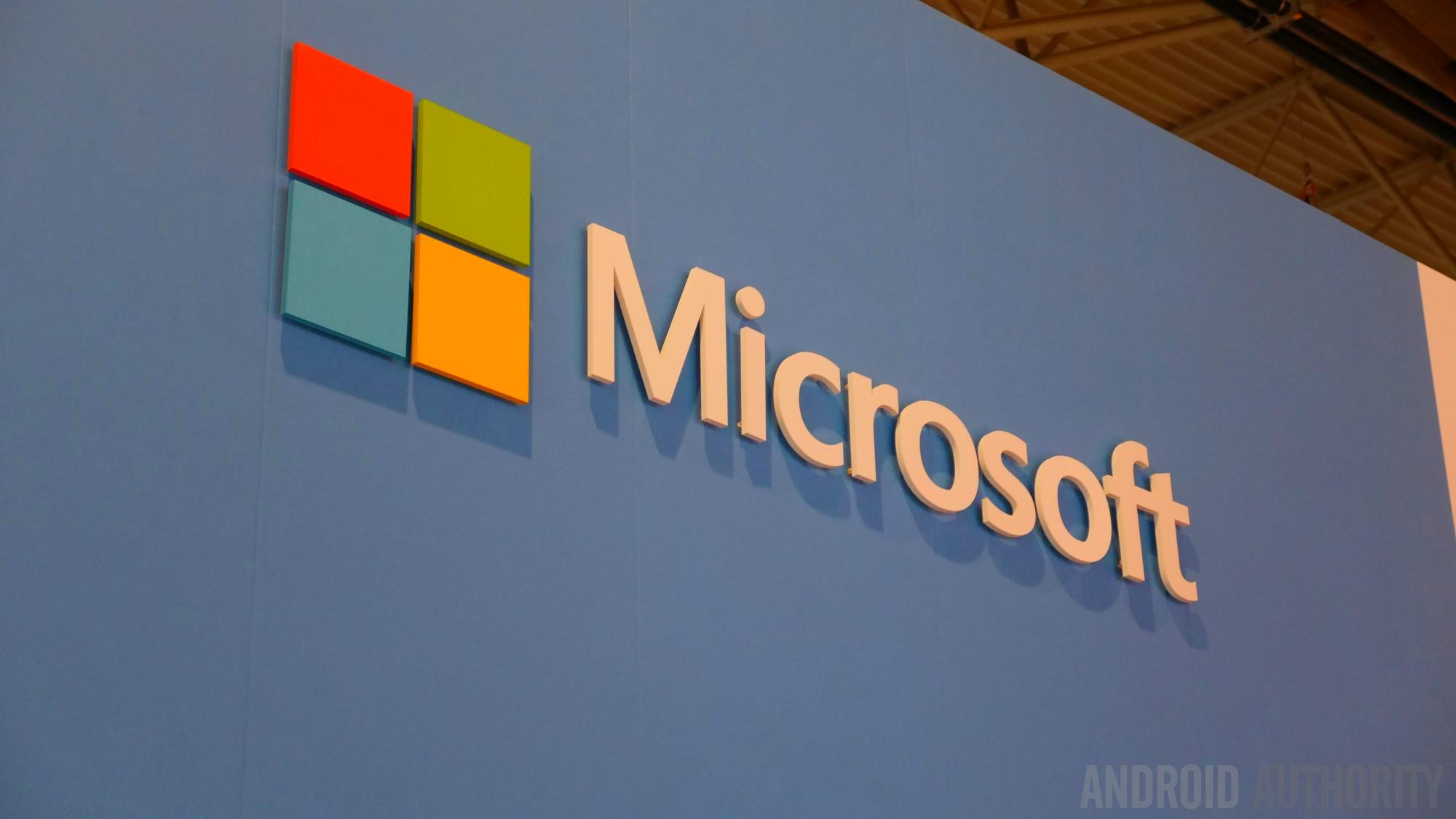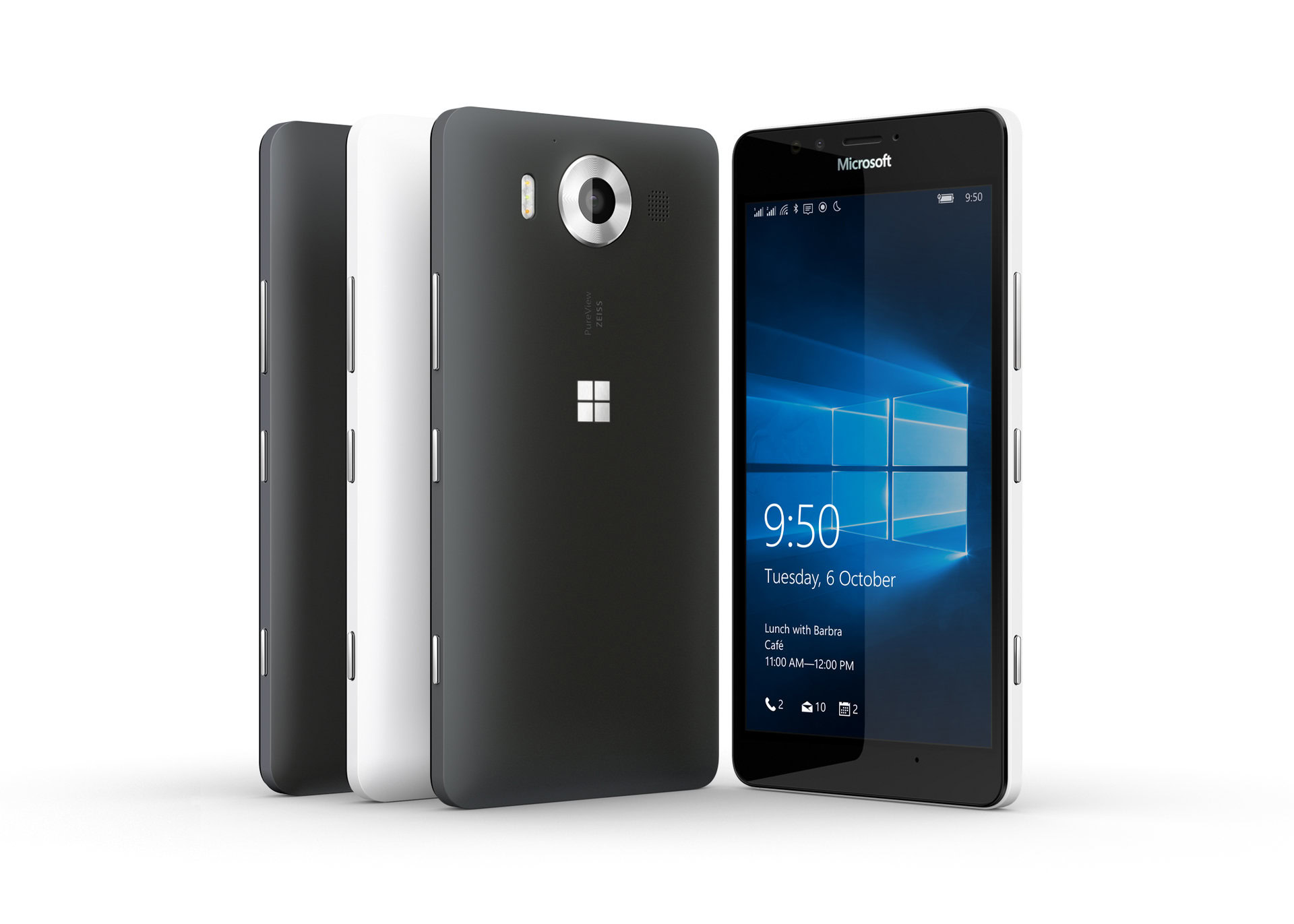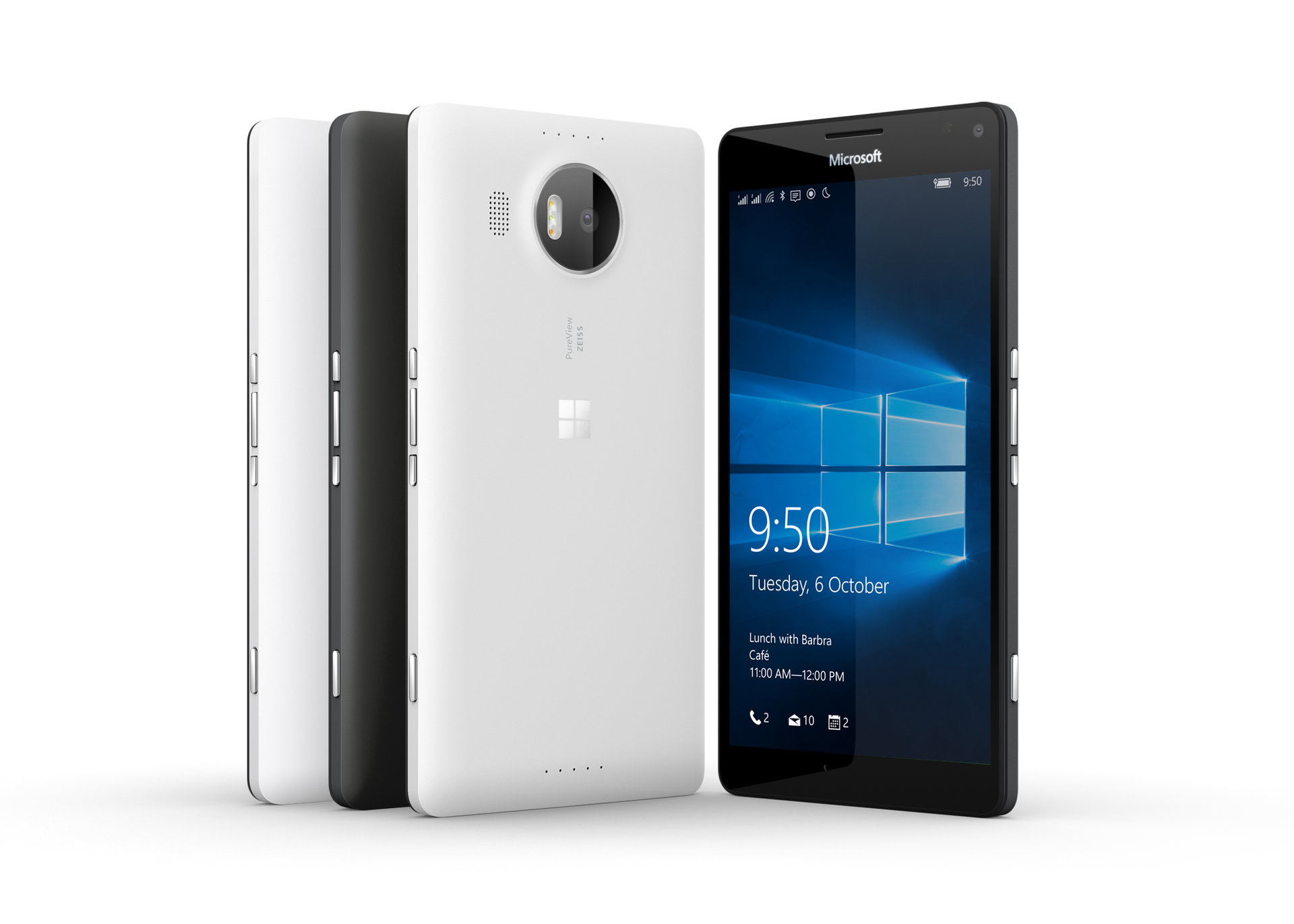Affiliate links on Android Authority may earn us a commission. Learn more.
Lumia 950, 950XL and 550 announced: Android's latest Windows-powered competition
October 6, 2015

While our primary mission at Android Authority is to bring our readers the latest and great information related to Android and all things Google, we understand that our fans are also curious about what goes on outside of Camp Android. With that in mind, today Microsoft announced its latest Windows-powered phones, as well as two new members to the Surface family.
We’ll talk a bit about the Surface devices in another post, so let’s talk about the new Lumia phones. The new Lumias are the first devices to ship with Windows 10 (mobile), which represents a massive step forward for Microsoft. What’s all new? Let’s jump in and find out.
Microsoft Lumia 950 and 950XL

The new Lumia 950 and 950 XL are Microsoft’s new flagship phone offerings, and both are quite impressive on paper.
First, the 950 is powered by a Snapdragon 808 hexa-core processor with a 5.2-inch WQHD display, 3GB RAM, and 32GB storage (and microSD). The 950XL scales things up a bit, offering the same amount of RAM and storage, but bumping the QHD display up to 5.7-inches and trades out the 808 for a octa-core Snapdragon 810.
Both phones share the same rear 20MP sensor with OIS, USB Type-C ports, Qualcomm quick charging, and the same basic sensors you’d expect. Microsoft also says the phones utilize a form of liquid cooling to help eliminate (or reduce) any potential heating issues.
The new Lumias also support Windows Hello, which will use face-scanning tech via the camera to login users; this is not anything particularly innovative for those over at Camp Android, but a first for Windows (phone) users.

In many ways, the new Lumia 950 and 950 XL look a lot like typical Android devices when it comes to the spec sheet. The big difference, of course, is on the software side. Forgoing Android, Microsoft’s latest devices jump from the Window Phone 8 over to Windows 10 Mobile.
The new platform looks a lot like WP8 did, but offers quite a few under the hood and UI improvements that help it feel much more polished than past iterations of the Windows phone-centric OS.
With Windows 10 Mobile, you’ll now find an integrated store that combines the Windows 8/10 (desktop/tablet) store and the Windows phone store into one. That means just about any universal app should play nicely with a Windows-powered phone, though traditional Windows .EXE programs obviously won’t work.
Probably one of the coolest software tricks for Windows 10 (mobile) is known as Continuum. Basically, this feature lets you experience a full Windows-like experience, complete with a desktop screen and a start menu when plugged into a bigger monitor. The experience isn’t completely like Windows 10 (more like Windows RT with the looks of 10), and so you are limited to what apps will work. That said, any universal app for the Windows store will play nicely, as will programs like Microsoft Office.
So how do you hook up your phone to a bigger screen? This can be done either by connecting a Bluetooth keyboard/mouse and wirelessly streaming to a compatible display, or there’s the Display Dock. The Display Dock is an optional accessory that plugs into the 950 or 950XL and includes three USB ports, including Type-C, as well as a Display Port and an HDMI port. The presence of USB means you’ll be able to use just about any keyboard or mouse, as well as USB drives for extra storage, and other USB powered accessories. No word on its pricing just yet.
Both the Lumia 950 and 950XL are expected to arrive this November, priced at $549 and $649, respectively.
Microsoft Lumia 550

Designed to compete with budget offerings in the Android world, the Lumia 550 is a 5-inch device that is powered by a Snapdragon 210 with 8GB storage. Other specs include a 5MP rear cam, 2MP front cam, 8GB storage with microSD expansion, and a 1905 mAh battery.
The phone is priced at $139 and will arrive in December. Judging by the spec sheet, Android alternatives like the Moto G need not get too worried by this one. While the specs aren’t bad for the price, they aren’t exactly amazing either. Additionally, some of the cooler Windows 10 features like Continuum aren’t mentioned, so we doubt the phone is powerful enough to support it.
A good showing but is it enough?
Honestly, both of Microsoft’s flagships look pretty solid, and the 550 isn’t bad for the low asking price. Windows 10 also introduces a smoother UI, a better app store, and some really interesting features. But is it enough? For some, maybe, but with a limited app selection and practically no Google app support, fans of the Google ecosystem will likely find that Windows 10 just isn’t an option.
[related_videos title=”Some of the Android-powered competition” align=”center” type=”custom” videos=”638334,645660,646072,643164″]
What do you think of Microsoft’s latest phones and of Windows 10 for Mobile devices? Let us know in the comments.